Are you ready to explore the lush landscape of Hawaii while camping? Whether you’re signing up for a guided tour or venturing out on your own, it’s important that you have the right clothes and gear for your adventure. From choosing the best destination in Hawaii to what type of footwear is most suitable, this blog post covers everything necessary to make sure you are both prepared and comfortable during your hike! We outline essential tips so that no matter the terrain or weather conditions, you know what clothing will ensure a successful experience. Let us help get you geared up for an amazing time exploring Hawaii’s natural wilderness!
Types of Hikes
There are a variety of hikes available for those looking to explore the great outdoors. Whether you’re just beginning or you’ve been adventuring for years, there’s something for everyone. Here are some of the most popular types of hikes:
Day Hikes
These short treks allow hikers to get out and about without needing to pack up gear and camp overnight. Day hikes are great for all levels, as they can be tailored to your comfort level and experience. Whether it’s a short stroll through the woods or a more challenging mountain climb, day hikes provide an excellent way to explore nature without making too many commitments. [1]
Backpacking Trips
The ultimate in outdoor adventure, backpacking trips require hikers to carry all their camping gear and provisions as they make their way through the wilderness. These multi-day excursions can range from short jaunts of a couple of days to full-blown adventures that last for weeks. Backpacking trips require some more advanced planning, as well as specific knowledge on how to manage your supplies on the trail.
Trail Running
For the more athletically inclined, trail running has become a popular way to explore nature. Trail runners take off on foot through forests and mountain paths with minimal gear, relying on their own body strength and endurance to power them along the way. While some trail runners stick to short hikes, others take part in ultramarathon events that last an entire day or even longer.
Snowshoeing and Ski Touring
In colder climates, many hikers opt to strap on snowshoes or skis for their outdoor adventures. Snowshoeing is a great way to explore areas where the terrain can be treacherous without specialized equipment, while ski touring allows those with proper gear to take in breathtaking mountain views while making their way down the slopes. [2]
Benefits and Drawbacks of Hiking
Hiking is an incredibly popular outdoor activity that can offer a wide variety of benefits. While it isn’t for everyone, there are some great advantages to be gained from taking up this form of exercise. Here we’ll explore all the pros and cons of hiking so you can decide if it’s the right choice for you. [3]
Benefits of Hiking
- Improved physical health. Hiking is a great way to get your heart rate up and build strength and endurance. It can also improve balance and coordination and help you maintain a healthy weight.
- Increased mental well-being. Being outdoors in nature has been proven to reduce stress, increase focus, and improve overall cognitive abilities.
- Connecting with nature. Being in the natural environment allows you to appreciate the beauty of the world around you while recharging your soul. Hiking is a great way to disconnect from technology and reconnect with yourself and the environment.
- Social interaction. If you hike with friends or family, it can be a great way to have meaningful conversations and get to know people better.
- Adventure. Hiking is an easy way to explore new places and discover exciting new trails without having to invest in expensive gear or take long trips.
Drawbacks of Hiking
- Injury risk. Without proper training and preparation, hiking can lead to sprains and strains due to uneven terrain or careless mistakes.
- Weather conditions. Depending on where you live, the change in weather can drastically affect your ability to safely hike certain trails.
- Cost of gear. Investing in proper equipment such as boots, clothing, and a backpack can be expensive for some people.
- Time commitment. Hiking can take up a lot of time depending on the length and difficulty of the trail you choose, so it may not be feasible for those with busy schedules. [4]
How to Choose Where to Go?
Choosing a destination for your next trip can seem overwhelming, especially with the countless options available. Whether you’re looking to explore new cultures or relax in a far-off paradise, there are many factors that should be taken into account when deciding where to go. Here are some tips for narrowing down your choices and picking the perfect destination:
- Think about what type of experience you’re looking for. Do you want to embark on a backpacking adventure, seek out new cultures, or relax in an exotic beach paradise? Your choice should reflect the kind of experience you’d like to have.
- Consider your budget. How much money do you have available to spend on your travels? Researching different destinations to find out what kind of experience you can get for your money is key.
- Look into the climate and seasonality of potential destinations. Different places have vastly different climates, so consider which type of weather appeals to you most when narrowing down your choices.
- Think about accessibility. Depending on where you’re starting from, some destinations may be more difficult to get to than others. Research the different routes and modes of transportation available for your desired destination.
- Read up on the local culture and customs so you know what to expect when you arrive. Knowing a bit about the language, history, and geography of your destination can help make your experience more meaningful and enjoyable.
- Be aware of safety and health risks associated with different destinations. Research the local laws and customs to make sure you’re properly prepared for any situation that may arise.
- Make a decision! You don’t have to stick to just one destination, either – why not plan a multi-city adventure? Now that you’ve done your research, you’re ready to start planning your dream getaway. [5]
Features of Hawaii’s Climate
Hawaii’s climate is one of the most unique in the world. It has warm temperatures year-round, and humid conditions are present even during the winter months. While its location in the Pacific Ocean keeps temperatures relatively consistent, there are some distinct features of Hawaii’s climate that make it special.
The first feature of Hawaii’s climate is its abundance of sunshine. While the islands get plenty of rain, they also receive more than their fair share of sunshine, with days on average seeing around 250 hours a month. This makes it great for outdoor activities and beach-goers alike, as well as creating an ideal condition for growing crops.
Hawaii’s climate is also known for its high humidity levels. This is due to the fact that the islands are located in an area of high trade winds, which carry water vapor from the nearby ocean and deposit it over the islands. While this can make for less comfortable outdoor conditions, it also helps keep temperatures mild and prevents damaging droughts.
All these features combine to create a climate unlike any other in the world. Whether you’re looking for perfect temperatures for outdoor activities or just a place to enjoy some sunshine, Hawaii’s climate has something for everyone. [6]
What are the Most Popular Hiking Trails in Hawaii?
If you’re looking for the perfect outdoor adventure in Hawaii, then look no further than its many hiking trails. From thrilling climbs up volcano peaks to easy strolls along rainforest paths, Hawaii offers a variety of scenic hikes for all levels. Here are some of the most popular and must-visit hiking trails in the Hawaiian islands:
- The Koko Head Trail on Oahu is a strenuous one-mile hike up to the peak of the crater. With magnificent views of Hanauma Bay, Diamond Head, and Waikiki Beach, it’s no wonder why this trail is so popular.
- The Na Pali Coast in Kauai offers some of Hawaii’s most spectacular coastal scenery. With its steep valleys, sheer cliffs, and cascading waterfalls, this 11-mile trek is considered one of the best hikes in Hawaii.
- The Maunawili Falls trail on Oahu is a relatively easy hike that winds through tropical forests and crosses several streams leading to a beautiful waterfall at the end. It’s a great place for swimming and relaxation.
- The Lanikai Pillbox Hike on Oahu is a short, but steep trail that offers stunning views of the Kailua Bay and Mokulua Islands. It’s one of the best spots for sunrise and sunset viewing.
- The Aiea Loop Trail on Oahu is a moderate 3-mile hike in the forest with picturesque views of the Ko’olau Mountains. It’s a great way to get away from the hustle and bustle of city life.
- The Waimea Canyon Trail on Kauai is an amazing 10-mile loop hike that takes you through some of Hawaii’s most dramatic landscapes, including red cliffs, lush green valleys, and cascading waterfalls.
- The Pu’u O’o Trail on the Big Island is a challenging 8-mile hike through volcanic landscapes and lush jungles. This trail offers some of the most breathtaking views of Hawaii’s active volcanoes. [7]
What to Wear While Hiking in Hawaii?
Ensure you are dressed appropriately when planning a hiking trip in Hawaii. The right clothing is essential to making your experience enjoyable and safe. Consider these tips on what to wear:
- Wear light-colored and loose-fitting clothing that will keep you cool when temperatures rise. Long pants and long-sleeved shirts provide the most coverage from the sun’s rays. The fabric should be breathable and moisture-wicking to keep you comfortable.
- Choose shoes that offer good traction and support. Look for waterproof shoes or boots that will protect your feet on wet trails. Make sure they have plenty of padding to cushion your feet against rocks and other obstacles.
- Bring along a hat or other headwear to protect your face from sunburn. A brimmed hat is best, as it will provide more coverage for your eyes and the back of your neck.
- Layer up! The climate in Hawaii can change quickly, so it’s important to be prepared with layers. A lightweight windbreaker or rain jacket can help keep you warm when temperatures drop.
- Don’t forget your sunscreen! Sunburns can be a major risk while hiking in Hawaii, so make sure you apply sunscreen before you go out and reapply it frequently throughout the day. [8]
Tips for Hiking in Hawaii
Whether it’s a leisurely afternoon walk or an all-day trek, hiking is one of the best ways to explore and experience the beauty of these islands. From gorgeous waterfall hikes to challenging summit hikes, there is something for everyone in Hawaii. Here are some tips to help make your next hike memorable:
- Wear appropriate clothing and shoes. Ensure to wear comfortable, supportive shoes with good traction, as some of the trails can be quite slippery. The climate in Hawaii is tropical so it can get hot and humid during the day – wear lightweight clothes that breathe and a hat or cap for sun protection.
- Bring plenty of water and snacks. Keep hydrated and plan for regular snack breaks throughout your hike. Pack enough food to last you for the entire trip in case of unexpected delays or detours.
- Start early. Many trails are more crowded during peak hours, so it’s best to start earlier in the day when temperatures are cooler and there are fewer people on the trail.
- Tell someone where you are going. Leave a note with someone about your intended route and estimated return time so that they can contact the authorities if you don’t come back in time.
- Stay on the trail. Don’t try to take shortcuts or detours as this can be dangerous and damaging to local ecosystems. If there is a sign saying “No Trespassing”, respect the signs and stay on the marked trails.
- Stay safe. Be aware of your surroundings and watch out for any potential hazards such as steep cliffs or streams. Be sure to carry a first aid kit in case of an emergency.
- Leave no trace. Do your part to reduce environmental impact by taking all trash with you when you leave and being mindful of your actions while on the trail.
- Have fun! This is a time to relax and enjoy nature, so take breaks, take photos and appreciate the beauty of Hawaii.
These tips will ensure that you have a safe and enjoyable experience hiking in Hawaii. Remember to always be prepared, follow all signs, and respect the environment so that everyone can continue to enjoy the great outdoors. Enjoy your next hike! [9]
FAQs
How do you pack for hiking in Hawaii?
When packing for a hike in Hawaii, it is important to plan accordingly. Make sure you have plenty of sunscreen and bug spray, as the sun can be intense and mosquitoes are abundant. Additionally, pack layers of clothing that you can shed or add depending on the temperature and humidity levels. And don’t forget waterproof shoes – the terrain in Hawaii is often wet and muddy. Keep your items organized in a waterproof hiking bag to ensure they stay dry and safe while you explore the island trails.
What is the dress code for hiking?
When it comes to hiking in Hawaii, the dress code is all about comfort. You want to layer up and use breathable fabrics that allow air flow. Start with a lightweight base layer such as a tank top or short sleeve shirt, then add a long-sleeve mid-layer for warmth. On colder mornings, you might even opt for an insulated jacket to stay warm. Make sure your pants fit comfortably and are made of a material that is durable enough to withstand any rough terrain you may encounter. Finish off your look with some good hiking shoes or boots that support your ankles and provide plenty of traction for slippery surfaces.
Accessories such as a wide-brimmed hat, sunglasses, and gloves will help protect you from the sun, wind, and cold. If your hike is going to take all day, pack some snacks and water so you can stay hydrated. Finally, don’t forget to bring some sunscreen and bug spray for extra protection! With these tips in mind, you’ll be ready to enjoy a safe and comfortable hike in Hawaii.
Are hikes in Hawaii hard?
Hikes in Hawaii can range from easy strolls by the beach to challenging climbs up mountains and volcanoes. Before attempting any hike, it is important to understand your own level of physical fitness and prepare for the hike accordingly. Bring plenty of water, a snack, sunscreen, and wear appropriate clothing for the activity.
Footwear is especially important when hiking in Hawaii. Make sure to wear proper hiking boots or shoes with good treads and strong arch support. Avoid flip flops, sandals, or other open-toed shoes as they can be a safety hazard on rough terrain. For maximum comfort and protection, choose hiking boots that are waterproof if possible.
Clothing should also be chosen carefully for a hike. Avoid cotton as it absorbs sweat and takes a long time to dry. Instead, opt for wicking materials such as polyester or nylon that can keep you cool and comfortable. Additionally, try to wear clothing with SPF protection if you are heading out into the sun.
Finally, choose layers of clothing according to the temperature and humidity so that you can adjust to changing conditions. Bring a sun hat, sunglasses, and mosquito repellent to protect you from the elements. And don’t forget to bring a raincoat in case of unexpected weather!
Is hiking in Hawaii muddy?
This is a common misconception about hiking in Hawaii, but it’s not necessarily accurate. While there are some trails that can be muddy or slippery due to wet conditions, most of the time you’ll be walking on dry, sandy soil. It’s important to wear shoes with good traction if you plan to hike through mud and wet terrain, as these will give you better grip and stability. Plus, it’s also a good idea to wear long pants or quick-drying shorts to protect your legs from getting scratched by sharp plants and rocks along the way. Finally, you’ll want to bring some water-resistant gear like a raincoat or poncho if there is any chance of rain in the forecast. With these tips in mind, you’ll be ready to enjoy a fun and safe hike in Hawaii!
Useful Video: Essential items for day hiking in Hawaii
The Bottom Line
After carefully considering what to wear while hiking in Hawaii, remember the key is to be prepared. To take your hike to the next level, make sure you have the right gear and clothing for whatever the weather or terrain throws at you. Keep items that are lightweight and comfortable enough for long hikes, such as quick-dry materials or breathable fabrics. With an outfit well-suited for all conditions, you can ensure that your journey will be a safe and enjoyable one. Ultimately, when it comes to protection from sun, wind, and rain, don’t forget the importance of sunscreen and a hat with a wide brim as these can be an absolute must on your quest. Lastly, always keep in mind that safety should come first – just because you’re wearing stylish clothing doesn’t mean it needs to compromise on comfort or practicality! As long as you have a few select pieces to match varying conditions during your Hawaiian hikes, you can say aloha to an amazing adventure in paradise!
References:
- https://kenver.com/blogs/news/16-hiking-types
- https://trailandsummit.com/what-are-the-different-types-of-hiking/
- https://unlockoutdoors.com/pros-and-cons-of-hiking/
- https://environmental-conscience.com/hiking-pros-cons/
- https://www.wikihow.com/Choose-a-Travel-Destination
- https://www.weather.gov/hfo/climate_summary
- https://www.lonelyplanet.com/articles/best-hikes-in-hawaii
- https://www.pedalgoa.com/travel/hawaii/what-to-wear-hiking-in-hawaii/
- https://www.to-hawaii.com/hikingtips.php




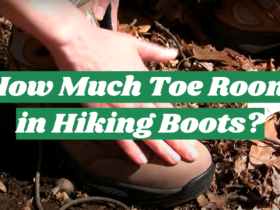
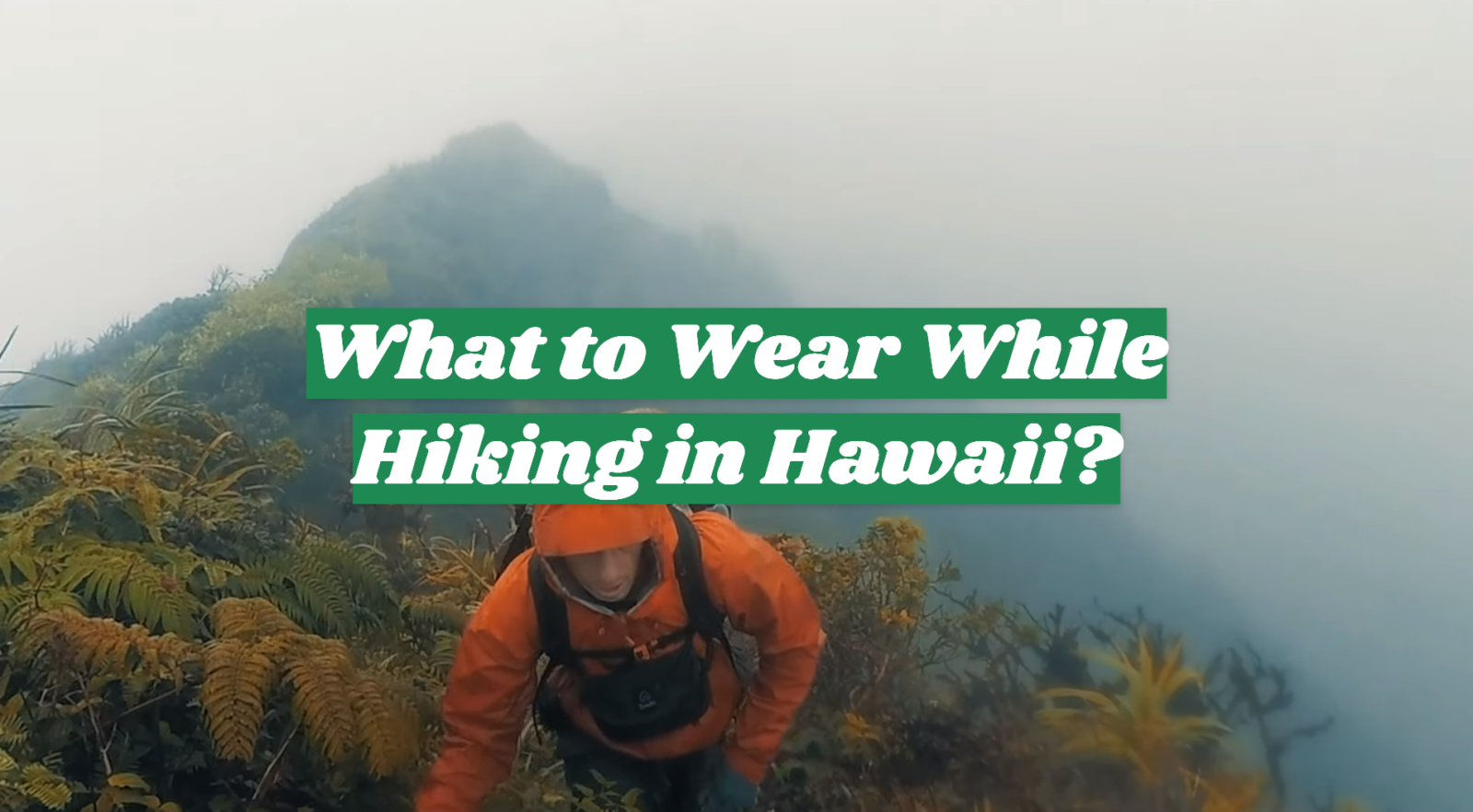
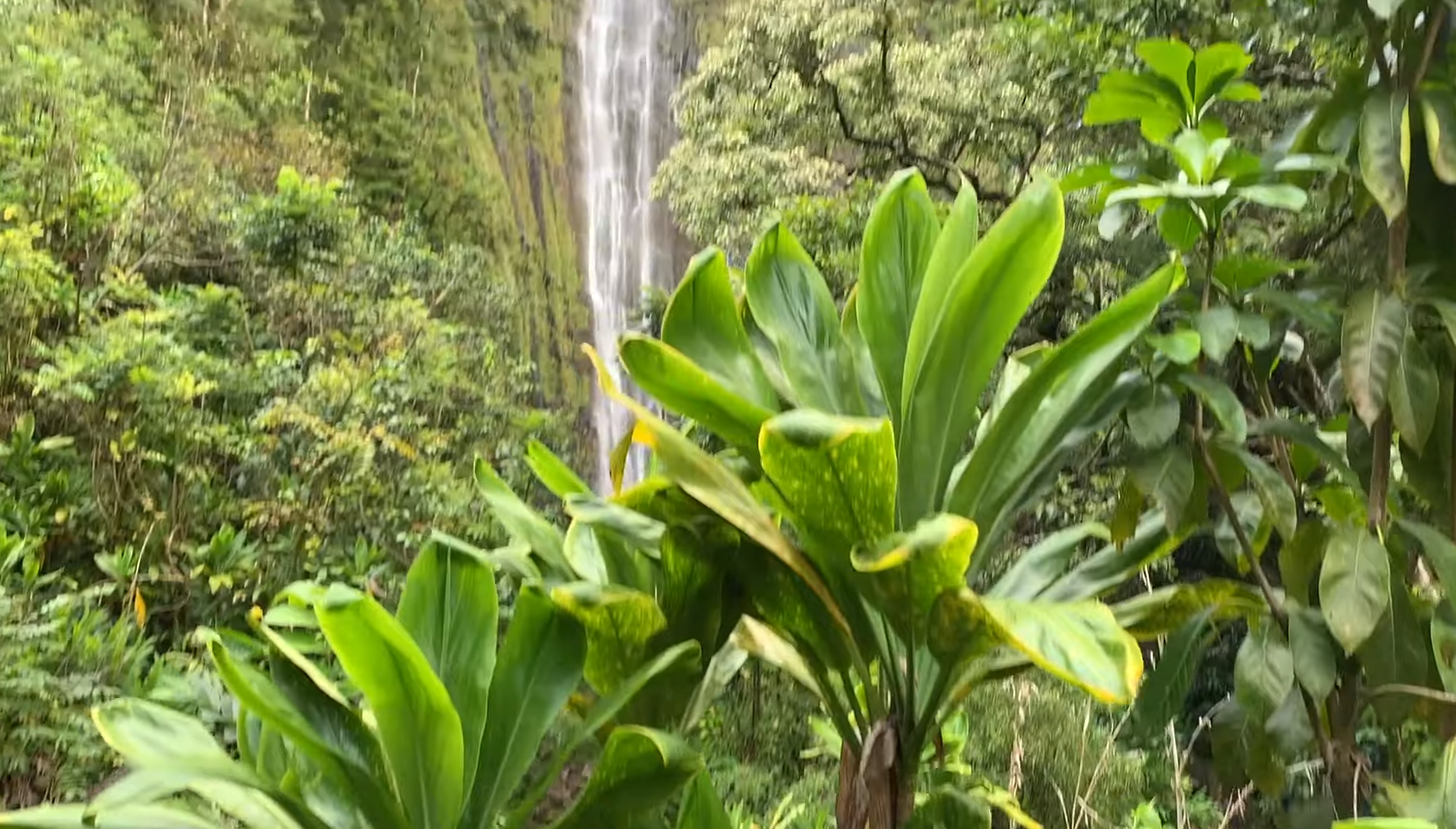
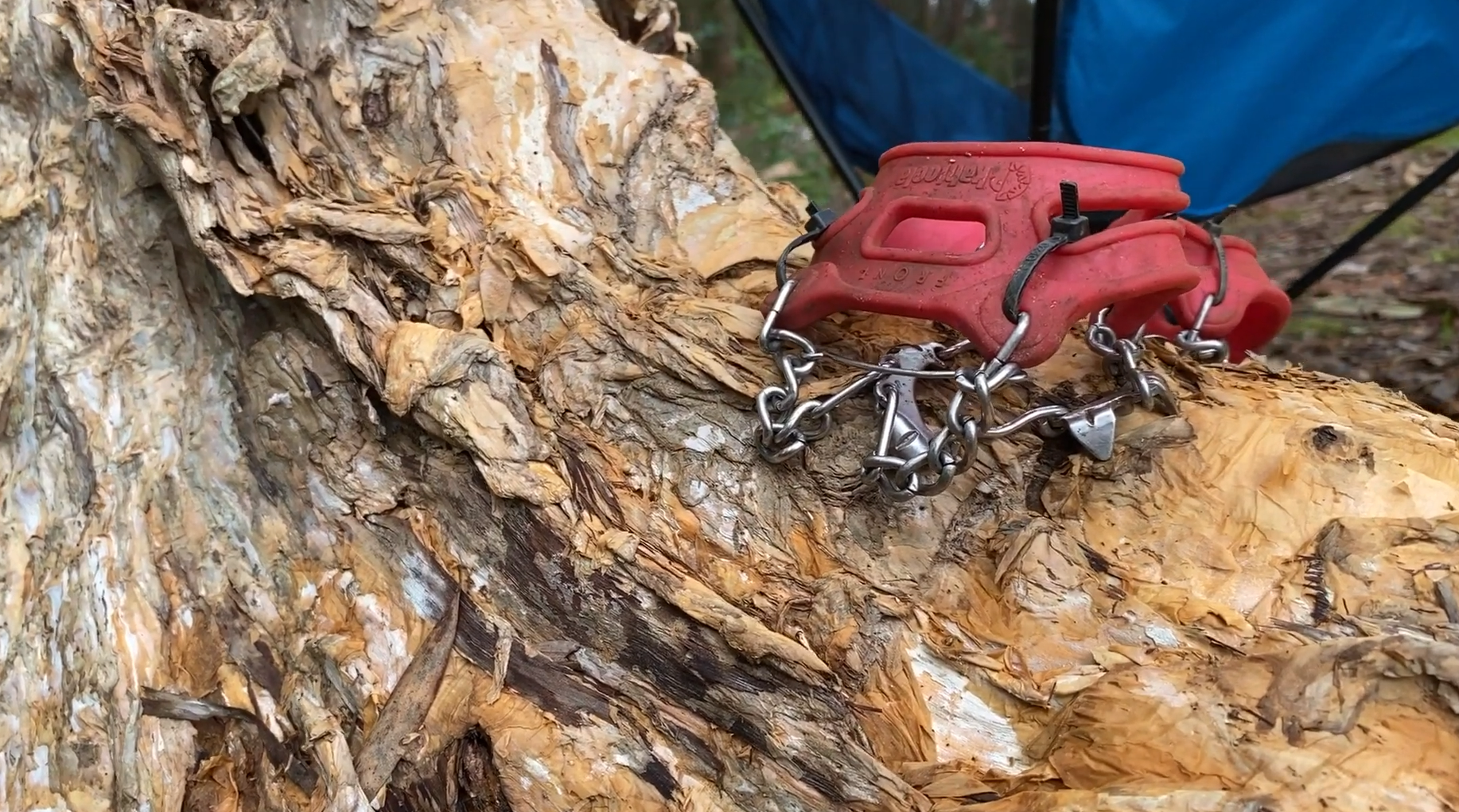
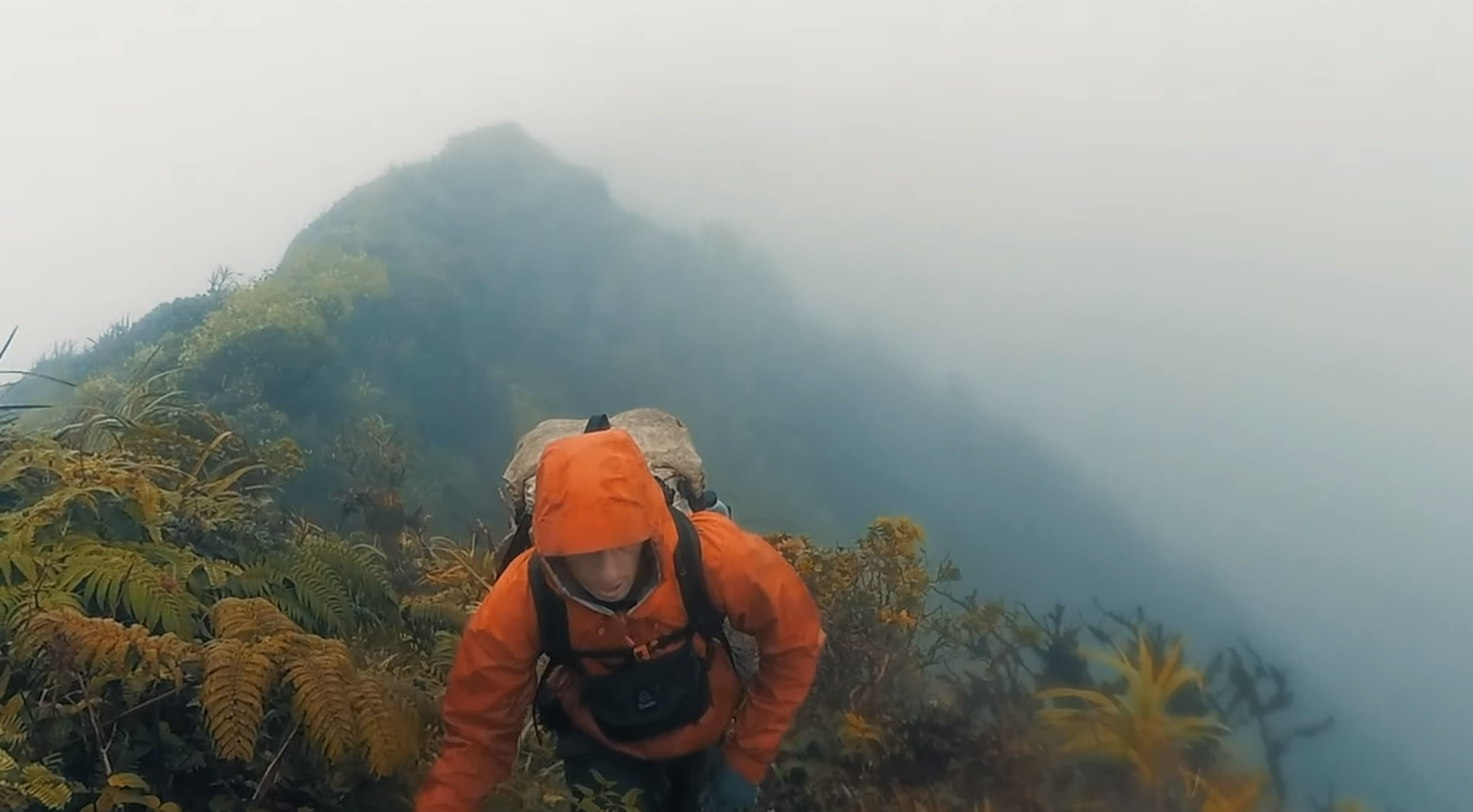
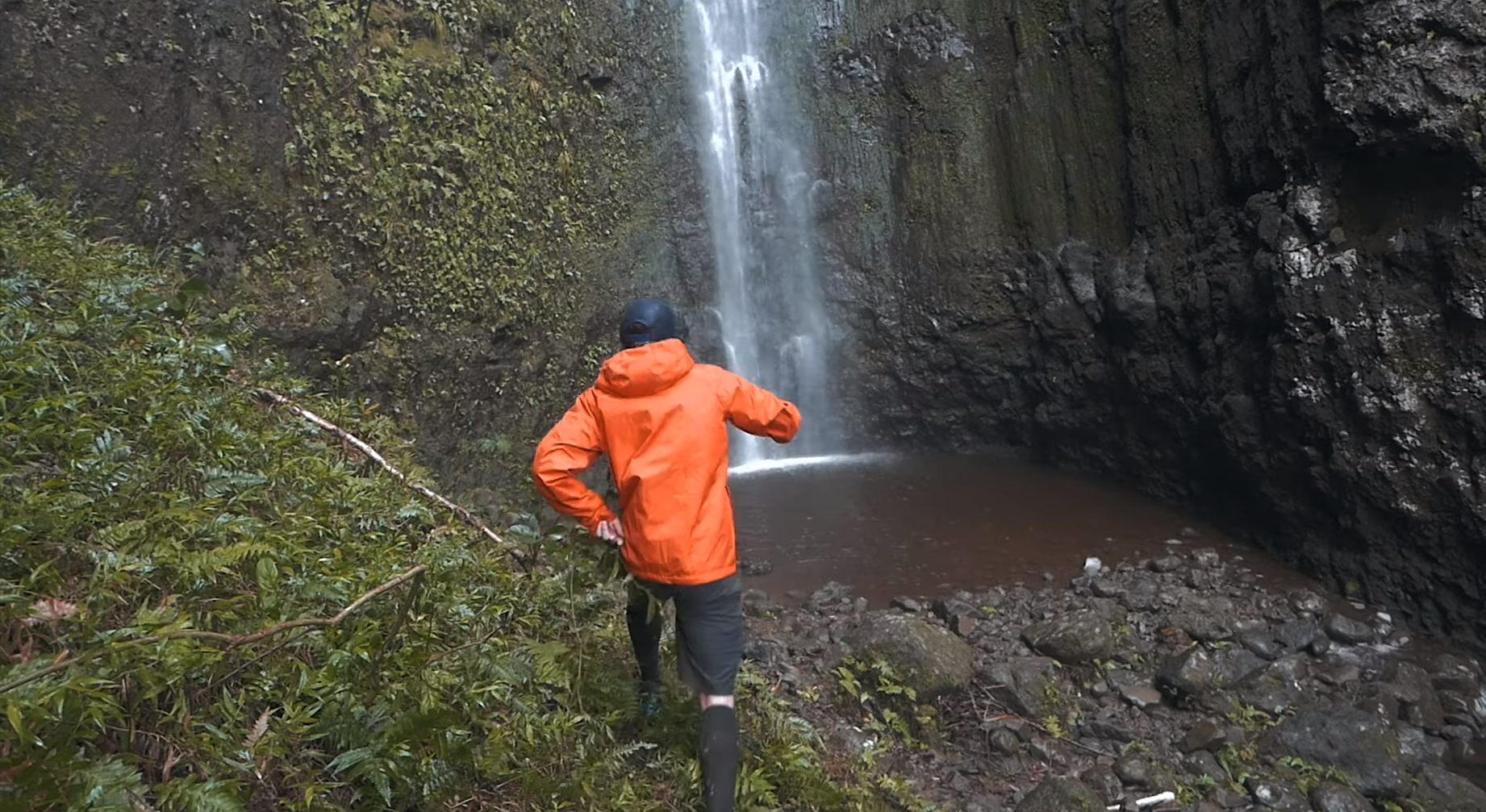




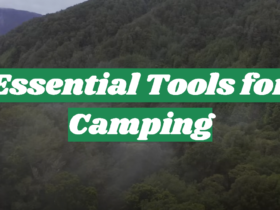
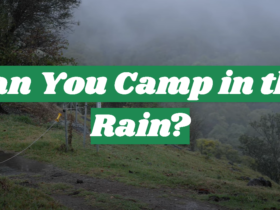
Leave a Review